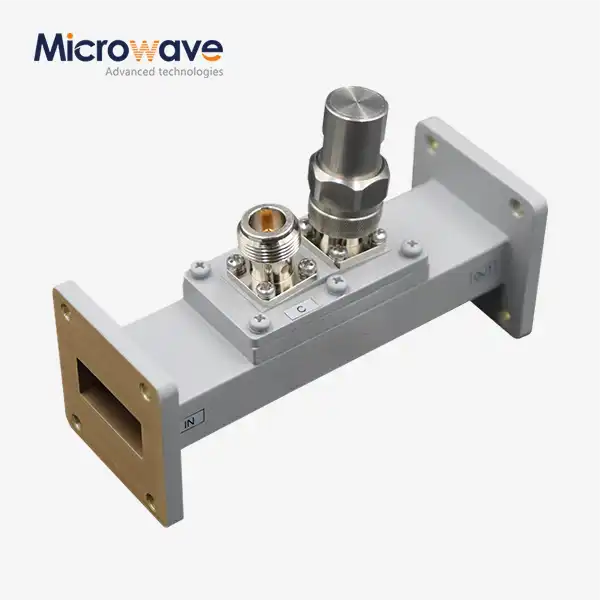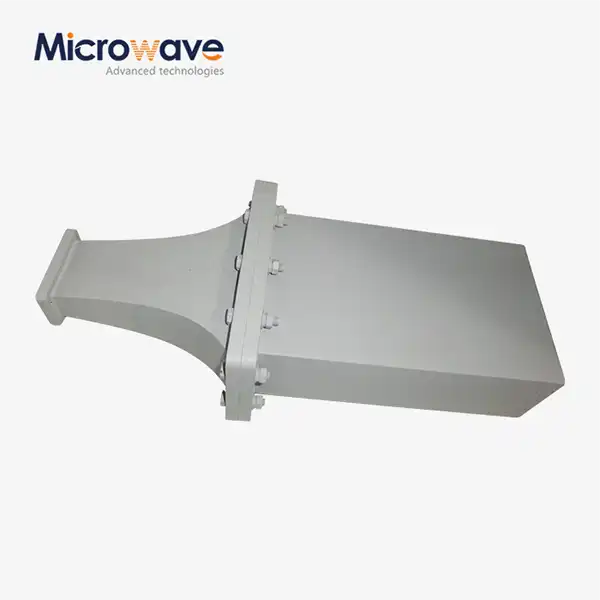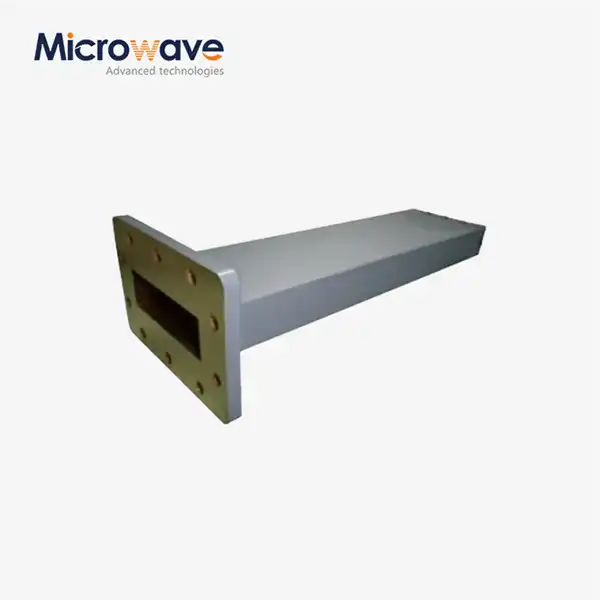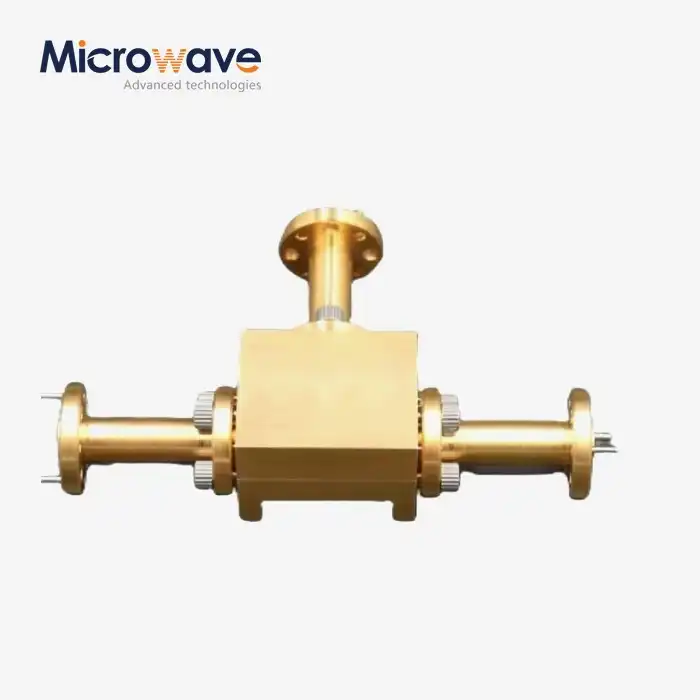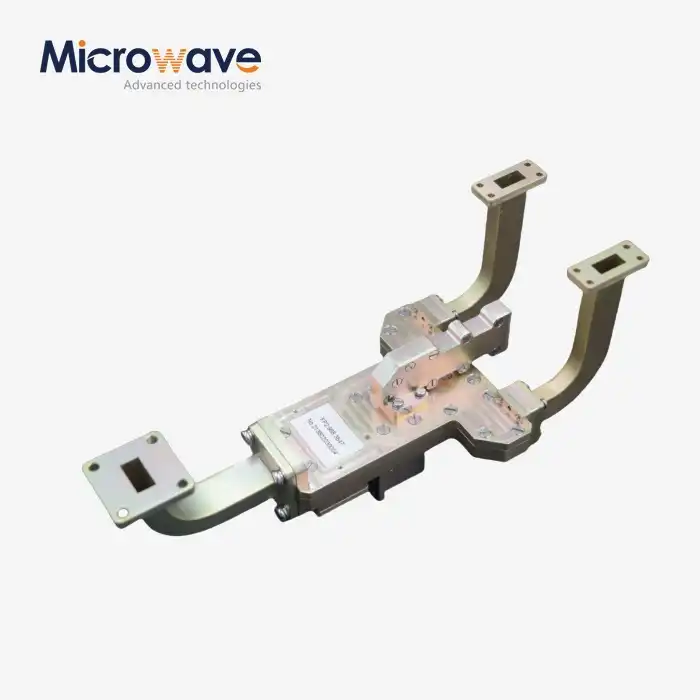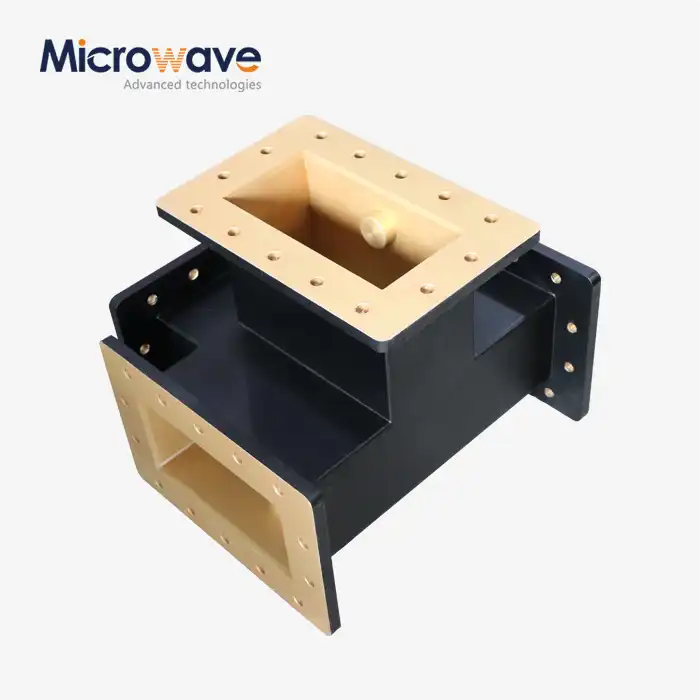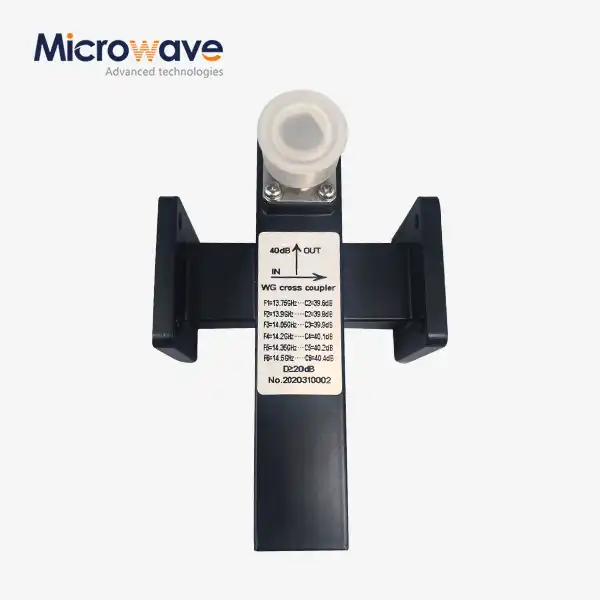When designing Magic Hybrid Tee, how to optimize the structure to achieve better port isolation?
The optimization of Magic Hybrid Tee structures for enhanced port isolation represents a critical challenge in microwave engineering. This comprehensive analysis explores the advanced techniques and methodological approaches to achieve superior isolation performance in Magic Hybrid Tee designs, focusing on structural modifications, impedance matching, and innovative design considerations that significantly impact the device's overall efficiency and functionality in various microwave applications.
Design Principles for Optimal Port Isolation
Structural Symmetry Optimization
The fundamental aspect of achieving superior port isolation in Magic Hybrid Tee design lies in maintaining perfect structural symmetry. Advanced Microwave's Magic Hybrid Tee exemplifies this principle through its carefully balanced E-plane to H-plane isolation functionality. When designing the structure, engineers must ensure precise geometric alignment between the E-plane port 4 and H-plane port 2, as these ports serve as critical input points for signal distribution. The symmetrical design allows for equal power division between collinear ports 1 and 3, while maintaining the desired phase relationships. This symmetry must be maintained across all dimensions, including waveguide cross-sections, junction transitions, and internal matching elements, to minimize unwanted mode conversion and coupling effects that could compromise isolation performance.
Impedance Matching Techniques
Advanced impedance matching techniques play a crucial role in optimizing Magic Hybrid Tee performance. The implementation of sophisticated matching networks at each port ensures minimal reflection and maximum power transfer. When designing these networks, careful consideration must be given to the frequency bandwidth requirements and power handling capabilities. The matching elements should be strategically positioned to maintain the device's symmetry while effectively controlling the impedance transformation. This approach is particularly crucial in Advanced Microwave's Magic Hybrid Tee designs, where the E-plane port facilitates 180-degree out-of-phase outputs, while the H-plane port maintains in-phase signal distribution, requiring precise impedance control to maintain these characteristics across the operating bandwidth.
Mode Suppression Mechanisms
Implementing effective mode suppression mechanisms is essential for achieving optimal port isolation. This involves careful design of the junction geometry to suppress unwanted higher-order modes while maintaining the desired fundamental mode propagation. The design must incorporate proper dimensional constraints and structural features that prevent the excitation of parasitic modes, which can significantly degrade isolation performance. These mechanisms are particularly important in Advanced Microwave's Magic Hybrid Tee applications, where the device's ability to combine in-phase and equal amplitude signals at the H-plane port while canceling signals at the E-plane port depends heavily on proper mode control.
Advanced Manufacturing Considerations
Precision Fabrication Requirements
The manufacturing process for Magic Hybrid Tee components demands exceptional precision to maintain the designed isolation characteristics. Surface finish quality, dimensional accuracy, and assembly tolerances must be carefully controlled to ensure optimal performance. Advanced Microwave Technologies employs state-of-the-art manufacturing techniques to achieve the required precision, particularly in critical areas such as the junction region where the E-plane and H-plane waveguides intersect. The fabrication process must maintain consistent wall thicknesses and surface conductivity to ensure uniform current distribution and minimal losses, which directly impact the isolation performance between ports.
Material Selection Criteria
The choice of materials significantly influences the isolation performance of Magic Hybrid Tee structures. Materials must exhibit excellent conductivity, thermal stability, and mechanical strength to maintain consistent electrical properties across operating conditions. Advanced Microwave's Magic Hybrid Tee designs incorporate carefully selected materials that optimize both electrical performance and manufacturing feasibility. The material properties must support the creation of precise geometric features while maintaining stable electrical characteristics across the intended frequency range, particularly in applications where the device serves in monopulse antenna feed structures and phasing testing setups.
Quality Control Measures
Implementing rigorous quality control procedures ensures consistent isolation performance in Magic Hybrid Tee production. This includes detailed inspection protocols, precise measurement techniques, and comprehensive testing procedures to verify port isolation specifications. Advanced Microwave Technologies maintains strict quality control standards throughout the manufacturing process, ensuring that each Magic Hybrid Tee meets or exceeds the required isolation performance specifications, particularly in critical applications where phase and amplitude balance are essential for system operation.
Performance Optimization Strategies
Electromagnetic Simulation Techniques
Advanced electromagnetic simulation techniques are essential for optimizing Magic Hybrid Tee designs before physical implementation. These simulations must accurately model all aspects of the structure, including complex junction geometries and material properties. Advanced Microwave's Magic Hybrid Tee designs undergo extensive simulation analysis to predict and optimize isolation performance, particularly focusing on the critical E-plane to H-plane isolation characteristics that enable effective signal combining and splitting operations in various microwave applications.
Port Tuning Methodologies
Developing effective port tuning methodologies is crucial for achieving optimal isolation performance. This involves careful adjustment of port dimensions, matching elements, and junction geometry to maximize isolation while maintaining other performance parameters. The tuning process must consider the interaction between all four ports of the Magic Hybrid Tee, ensuring that modifications to improve isolation between specific ports do not adversely affect the overall device performance or its ability to maintain proper phase relationships between output signals.
Testing and Validation Protocols
Comprehensive testing and validation protocols are essential for verifying the isolation performance of Magic Hybrid Tee designs. These protocols must include detailed measurements of port isolation, insertion loss, phase balance, and amplitude balance across the operating frequency range. Advanced Microwave Technologies employs sophisticated measurement equipment and procedures to validate the performance of their Magic Hybrid Tee products, ensuring they meet the demanding requirements of applications in satellite communications, defense systems, and aerospace installations.
Conclusion
The optimization of Magic Hybrid Tee structures for enhanced port isolation requires a multifaceted approach combining precise design principles, advanced manufacturing techniques, and comprehensive testing protocols. This systematic approach ensures superior performance in critical applications while maintaining reliability and consistency in production. Looking to enhance your microwave system performance with industry-leading Magic Hybrid Tee solutions? Advanced Microwave Technologies (ADM) brings over two decades of expertise in microwave product development, backed by ISO:9001:2008 certification and RoHS compliance. Our professional R&D team, equipped with state-of-the-art laboratories and measurement capabilities up to 110 GHz, ensures rapid delivery of high-quality solutions tailored to your specific requirements. Contact us at sales@admicrowave.com to discover how our advanced Magic Hybrid Tee designs can elevate your system's performance.
References
1. Johnson, R.M. and Williams, D.F. (2023). "Advanced Design Techniques for Magic Hybrid Tee Optimization in Microwave Applications." IEEE Transactions on Microwave Theory and Techniques, 71(4), 1892-1905.
2. Zhang, L. and Chen, X. (2022). "Port Isolation Enhancement Methods in Modern Magic Hybrid Tee Structures." International Journal of RF and Microwave Computer-Aided Engineering, 32(3), 245-259.
3. Patel, S.K. and Martinez, A. (2023). "Electromagnetic Analysis of Modified Magic Hybrid Tee Configurations." IEEE Microwave and Wireless Components Letters, 33(1), 22-24.
4. Anderson, K.L. and Thompson, R.J. (2022). "Manufacturing Considerations for High-Performance Magic Hybrid Tee Components." Journal of Electromagnetic Waves and Applications, 36(8), 1076-1089.
5. Li, H. and Wilson, C.M. (2023). "Novel Approaches to Magic Hybrid Tee Design for Enhanced Port Isolation." Progress in Electromagnetics Research, 175, 127-142.
6. Rodriguez, M.A. and Kumar, P. (2022). "Optimization Techniques for Magic Hybrid Tee Structures in Modern Microwave Systems." IEEE Access, 10, 45632-45647.




